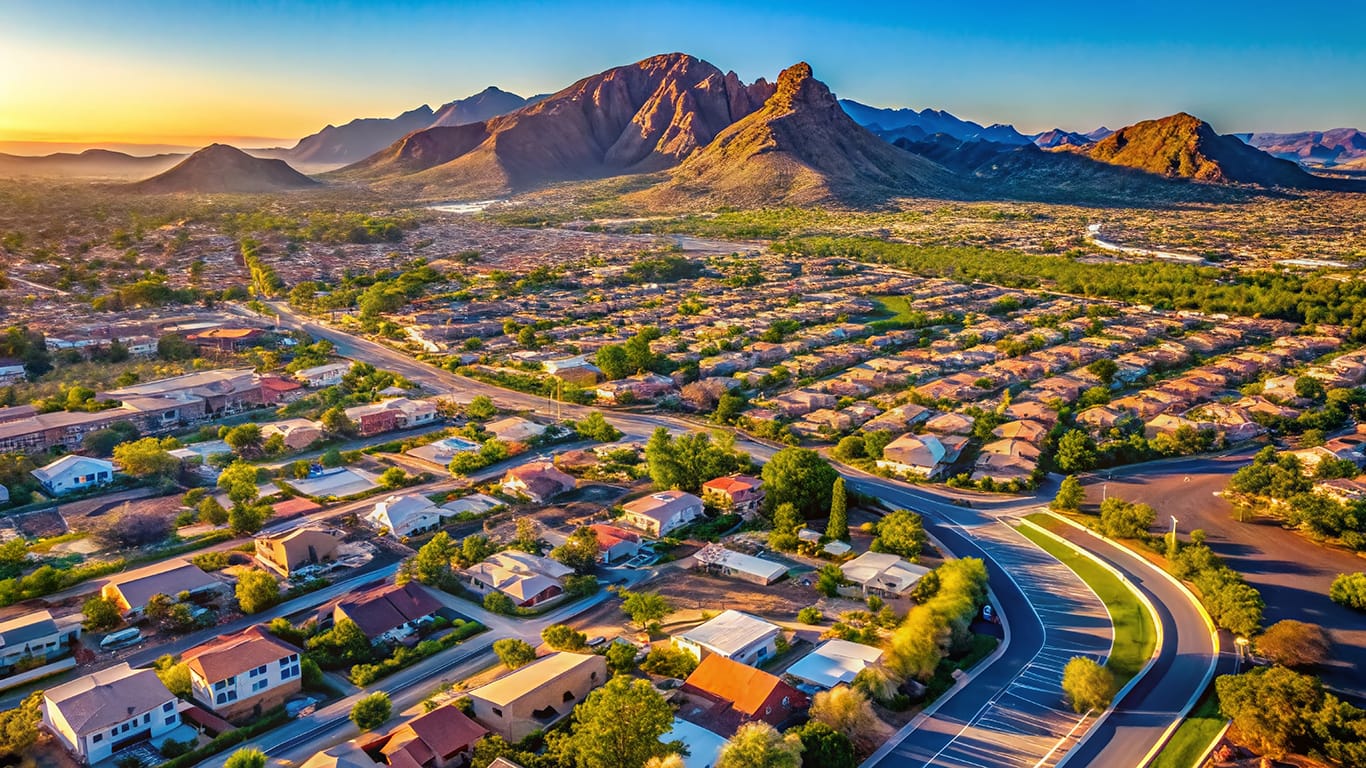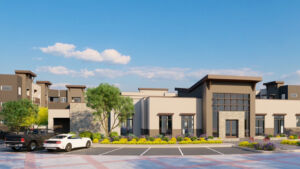For years, several U.S. states have attracted transplants with their warm climate, breathtakingly unique landscapes, and relatively affordable cost of living compared to coastal states. Retirees and seasonal visitors once made up the largest share of new arrivals. Today, however, the face of Arizona’s housing market is changing. Lifestyle trends such as remote work, wellness-focused living, and affordability challenges in other states are transforming who is moving here, what they are looking for, and how the market is evolving.
Remote Work Opens the Door
One of the biggest drivers of change is the rise of remote and hybrid work. Freed from the daily commute to Los Angeles, San Francisco, or New York, many professionals are asking a simple question: Why not live somewhere with more space, more sunshine, and a lower cost of living?
Arizona has become an attractive answer. Buyers who once limited their searches to Phoenix suburbs are now exploring smaller towns and emerging communities where they can afford larger homes and still stay connected virtually to employers.
According to the Pew Research Center, nearly one-third of employed adults in the United States continue to work remotely all or most of the time and would consider leaving their job if they could no longer do so. That statistic is not abstract for Arizona. It is shaping demand for homes with extra bedrooms, flex spaces, and outdoor areas that make working from home more comfortable.
Wellness and Outdoor Living
Arizona’s climate has always been a selling point, but the emphasis on wellness is giving it new weight. Buyers are searching for homes that allow them to integrate health into their daily lives. That might mean indoor-outdoor floor plans, shaded patios, or easy access to nearby hiking trails.
Nationally, the American Institute of Architects has reported rising interest in features like improved natural ventilation, greater daylighting, and flexible living spaces. These preferences are obvious in Arizona, where the ability to combine indoor comfort with outdoor activity is a year-round possibility.
In addition, concerns about air quality and sustainability are influencing buyer decisions. Energy-efficient upgrades such as low-E windows, smart thermostats, and solar panels are becoming key selling points, not only for their environmental benefits but also for the long-term cost savings they provide in Arizona’s hot climate.
LOCAL NEWS: 10 things you may not know are manufactured in Arizona
INDUSTRY INSIGHTS: Want more news like this? Get our free newsletter here
Shifts in Who Is Moving to Arizona
Retirees remain a substantial segment of Arizona’s in-migration, but they are no longer the only group driving demand. Younger professionals, often priced out of markets in California or Colorado, see Arizona as a place where they can buy a home rather than continue renting indefinitely.
Families relocating from larger metro areas are looking for space and community. They want quality schools, nearby parks, and family-friendly neighborhoods. These buyers may be more willing to look beyond the Phoenix metro area into places like Prescott, Flagstaff, and Queen Creek, where community identity and slower paces of life match their priorities.
At the same time, investors and second-home buyers continue to play a role, particularly in popular destinations like Scottsdale and Sedona. That competition adds pressure to markets where inventory is already limited.
Rising Demand Meets Market Realities
These lifestyle-driven changes are not happening in isolation. They are layered on top of economic realities like higher mortgage rates, inflation, and construction costs. Buyers want larger homes with flexible spaces, but higher borrowing costs may limit what they can realistically afford. Sellers, meanwhile, are navigating how to price competitively in a market that is no longer seeing the frenzied bidding wars of 2020-2023.
Staying on top of Arizona market trends helps put these shifts into perspective. In many parts of the state (and the country), price growth has moderated, inventory has inched upward, and buyers now have more negotiating power than they did just a few years ago. Still, there are things that you cannot change about the location. Therefore, the lifestyle appeal of Arizona continues to fuel steady interest, keeping the market active even in the face of national headwinds.
Sustainability and Long-Term Planning
Another lifestyle influence is the growing focus on sustainability. Water scarcity remains a very real concern in the Southwestern USA, and homebuyers are paying closer attention to more efficient home features that minimize usage. Things like low-water landscaping, efficient irrigation systems, and drought-resistant plants are more than just aesthetic choices to home buyers. They are practical responses to environmental challenges and a population with growing sensitivity to our issues.
The Arizona Department of Water Resources offers guidance on conservation efforts, and many buyers are bringing those considerations into their decisions. Sellers who highlight water-wise features are more likely to catch the attention of environmentally conscious buyers who see sustainability options as a moral responsibility.
The Community Factor
Lifestyle is about more than the home itself. Buyers are evaluating the feel of entire neighborhoods and the quality of community life. Walkable areas near restaurants and cultural activities appeal to younger professionals. At the same time, quieter, master-planned developments with amenities like pools and clubhouses often draw families and retirees.
This shift in priorities explains why some areas of Arizona are experiencing rapid growth while others remain more stable. It is not simply about location but about how well a community aligns with the lifestyles of the people moving there.
What It Means for Arizona’s Future
As Arizona continues to grow, its housing market will reflect the values of its newest residents. Remote work has opened the door to living where lifestyle matters most. Health and wellness have moved from being afterthoughts to top priorities. Sustainability and resource management will shape both new construction and resale value.
For buyers, that means thinking carefully about what kind of home and community truly fit their way of living. For sellers, it means presenting homes not just as structures, but as spaces that support wellness, flexibility, and long-term sustainability.
Arizona will always be known for its sunshine and scenery. Today, however, the deeper story of its housing market is how lifestyle shifts are redefining what makes a house desirable and what makes a community thrive.




